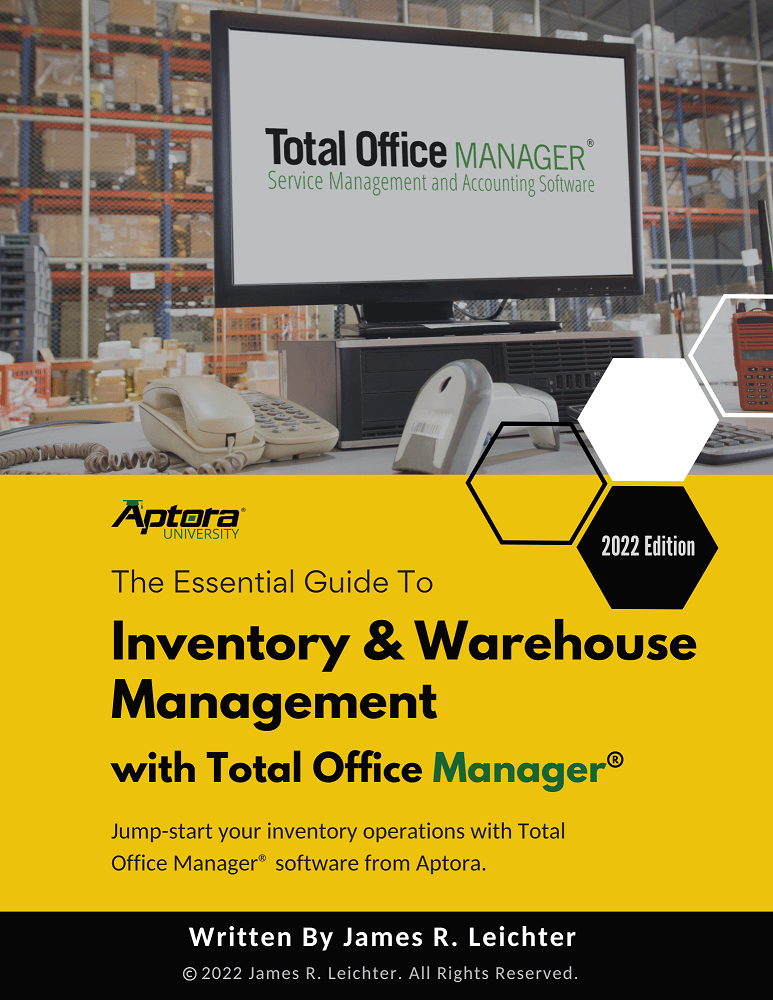
Unearned Revenue: Definition, Formula + Calculator
Quick Answer: What is Unearned Revenue? At its core, unearned revenue (also known as deferred revenue) is simple: it’s money you have received from a

Key Takeaways
Construction accounting is the basis of a contractor’s business decisions. While you may not be an accountant, or even like accounting, you are likely a decision-maker. You are asked to make numerous business decisions every week, and your decisions need to be correct the vast majority of the time.
Will we need to borrow money soon? How much cash should we have on reserve? Does each technician produce a profit? How many gross profit dollars do you need per day? Should we buy or lease? How much should we charge? These questions and others are much easier to answer with great financial reporting.
The accuracy and completeness of your financial reports depend heavily on your company’s financial structure.
On an accrual basis, income (sales) is recognized at the time the product or service is sold. Expenses are recognized when the inventory is used. This method is GAAP compliant and is a necessity to properly manage your business.
With a cash basis, income is recognized when you receive the money. Expenses are recognized at the time the money is actually paid (and cleared the bank). This method is not GAAP compliant and is not useful for business management purposes. Do not use cash-based accounting to manage your business.
Do not let the subject of income taxes confuse you. That is a different subject entirely. That decision is related to tax management, not business management.
Cash and accrual accounting each offer their own distinct advantages and are suited to different business needs and decision-making styles. Learn more about their differences and use cases.
We recommend creating a set of divisions such as HVAC, Plumbing, and Electrical. These should be separated as Residential and Commercial. Create a set of departments within each division. Examples of departments might include Demand Service, Replacement and Addon, IAQ and Accessories, New Construction, Design and Spec, Remodel, and others. All financial transactions must include a department.
Financial transactions are recorded with a set of codes called the chart of accounts. These codes are classified by assets, liabilities, equity, income, cost of goods, overhead, and more. The chart of accounts is the foundation of your financial reporting system. It should be detailed and very well thought out.
💡 Pro Tip: Regularly Update Your Chart of Accounts
As your business grows, make sure your chart of accounts evolves with it. Regularly review and adjust your accounts to reflect new services, departments, or activities. Keeping your chart of accounts updated ensures that your financial reporting remains accurate and aligned with your business structure. This will help prevent misclassifications and improve clarity within your financial statements.
It is very important to separate your overhead into fixed and variable types (to learn more about overhead types, check out: CFI on Overheads).
Fixed overhead remains essentially unchanged within a certain range of income. Examples include salaries, liability insurance, and rent. I like to refer to variable overhead as “somewhat variable overhead” because it varies slightly with changes in income. Examples include gasoline, small tools, office supplies, and legal fees.
To help clarify these categories, the following quick-reference guide lays out and breaks down these overhead types and how to treat them in your accounting.
Fixed vs. Variable: Quick Reference Guide
| Cost Type | Example Expenses | Typical Behavior | Accounting Tip |
| Fixed Overhead | Rent, office salaries, liability insurance, software licenses | Remains steady regardless of project volume | Allocate evenly across months in budget and breakeven calculations |
| Variable Overhead | Fuel, small tools, permits, cell phone usage | Fluctuates with number of jobs or technician activity | Track monthly and compare to gross profit for contribution margin analysis |
| “Somewhat Variable” | Legal fees, office supplies, training | Changes slightly with business activity | Monitor trends—can grow disproportionately during expansion or busy seasons |
| Misclassified Items | Subcontractor payments, job-site labor | Often mistakenly included in overhead instead of COGS | Double-check categorization—these usually belong in cost of goods sold (COGS) |
The general ledger is a master accounting document that provides a complete record of all the financial transactions in a business.
💡 Pro Tip: Use Key Financial Ratios to Monitor Financial Health
Get on top of your financial ratios—like the current ratio, quick ratio, and debt-to-equity ratio—are powerful tools for assessing the overall health of your business. These ratios give you a quick snapshot of your company’s liquidity and solvency, helping you identify potential risks early. Don’t just rely on profit margins; regularly check these ratios to ensure you’re maintaining a strong, sustainable financial foundation.

This is a standard accounting term used to describe how much detail your GL contains. A thick GL contains a robust chart of accounts. Additional information will be added to each transaction. This includes marketing, product categories, departments, employee names, labor minutes sold, labor minutes paid, fixed assets, warehouses, warranty, callback, service agreements, and more.
A budget is an essential piece of your company’s financial structure. It is a projected income statement and establishes your company’s financial goals. A budget may also include a balance sheet, statement of cash flows, and other reports. A budget is an action plan that helps you allocate resources, evaluate performances, and formulate plans.
The basic process of creating a budget starts by listing your business’s fixed and variable costs on a monthly basis. Your next step is to predict what your monthly income will likely be. Finally, decide on the allocation of funds to achieve your goals.
Extensive financial and business information is used to create highly detailed reports, performance dashboards, and key performance indicators. Now you are ready to make better, more informed business decisions.
💡 Pro Tip: Implement Job Costing to Track Project Profitability
Job costing is essential for accurately tracking the costs associated with projects (labor, materials, subcontractor expenses, etc.). By breaking down costs on a per-project basis, you gain a clearer view of which projects are generating profit and where you’re losing money. Comparing your actual costs to your budget estimates helps identify areas where you can improve efficiency, adjust pricing or better allocate resources.
You will have the ability to produce income statements by the department, right down to net profit. You will be one of a very small group of contractors that have divided their financials into important segments and knows exactly how much net profit (or loss) is generated from each one.
(Income – Cost of Goods Sold) = Gross Profit
(Gross Profit – Variable Overhead) = Contribution Margin
(Contribution Margin – Fixed Overhead) = Net Profit Before Taxes
When contribution margin dollars cover your fixed overhead, you are at your breakeven point. Every single contribution margin dollar becomes net profit.
Imagine the power of knowing the exact day of each month when your company breaks even. Based on the facts, you can offer discounts to fill unused capacity or turn down low-profit work in favor of something more beneficial. You can offer performance bonuses with confidence.
A detailed set of dashboards offers a deep look into every finite detail of your business. There will be complete transparency regarding technician production, department profitability, sales lead production by an employee, marketing success, customer experience, health and safety, HR, and so much more.
If you want the things mentioned in this article, but do not know where to begin, invest in great software and use it properly.
Do not let your employees or an outside accountant tell you what software to use. If your accountant suggests generic store-bought software, get a better accountant. They are more concerned with themselves than they are your business.
You need specialized contracting business management software that puts a strong emphasis on accounting and financial structure. Do not be fooled by bells and whistles or the promise of “this software is super easy to use”. The only way to make software easy to use is to cut out important features and remove options.
You likely invest significantly in training for your technicians. The same should be true for people that use your financial software. If you have great software, it is vital to use that software to its fullest extent and the way the designer intended it to be used.
Start by working with a knowledgeable accountant or financial consultant to convert your records properly. You’ll need to adjust how revenue and expenses are recognized and likely restate prior periods. This shift will give you better visibility into performance trends. Make the transition at the start of a fiscal year, if possible, for cleaner reporting.
At minimum, review your income statement, balance sheet, and cash flow statement monthly. Frequent reviews help you spot issues early and adjust before small problems become major ones. Departmental reports and dashboards should be checked weekly or even daily, depending on your business size. Consistency is more important than complexity.
Invest in formal training directly from the software provider or a certified expert. Create internal documentation customized to your workflows for reference. Assign a point person or “super user” to support the rest of your team. Ongoing training is key—especially when features or reporting needs evolve.
Yes, but choose a bookkeeping partner familiar with your industry and departmental accounting. Ensure they understand how to track transactions with appropriate tags (e.g., division, department, technician). Clear communication and regular check-ins are essential. Avoid low-cost generic services that only provide basic financials.
Begin with a few high-impact metrics: gross profit by department, breakeven point, technician billable efficiency, and lead-to-sale conversion rate. These offer a clear view of operational health. As you grow comfortable, expand into customer experience and marketing ROI. Don’t overwhelm yourself—start simple and build over time.

Subscribe to our newsletter
50% Off Total Office Manager Hosted for First 3 Months! Black Friday Sales for a Limited Time.
Thank You!


By submitting this form, I agree to receive marketing communication via phone call, email, or SMS from Aptora.

By submitting this form, I agree to receive marketing communication via phone call, email, or SMS from Aptora.